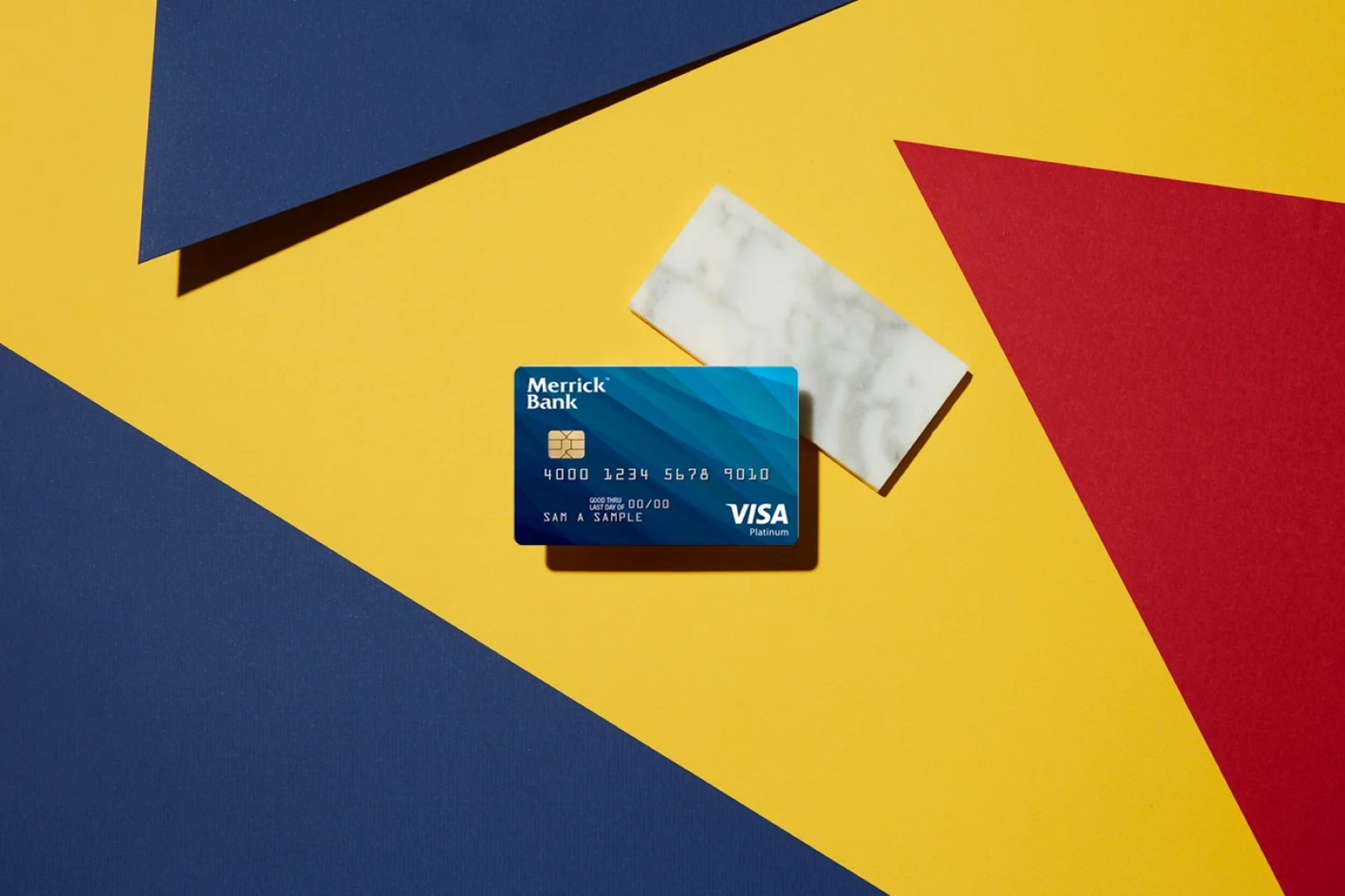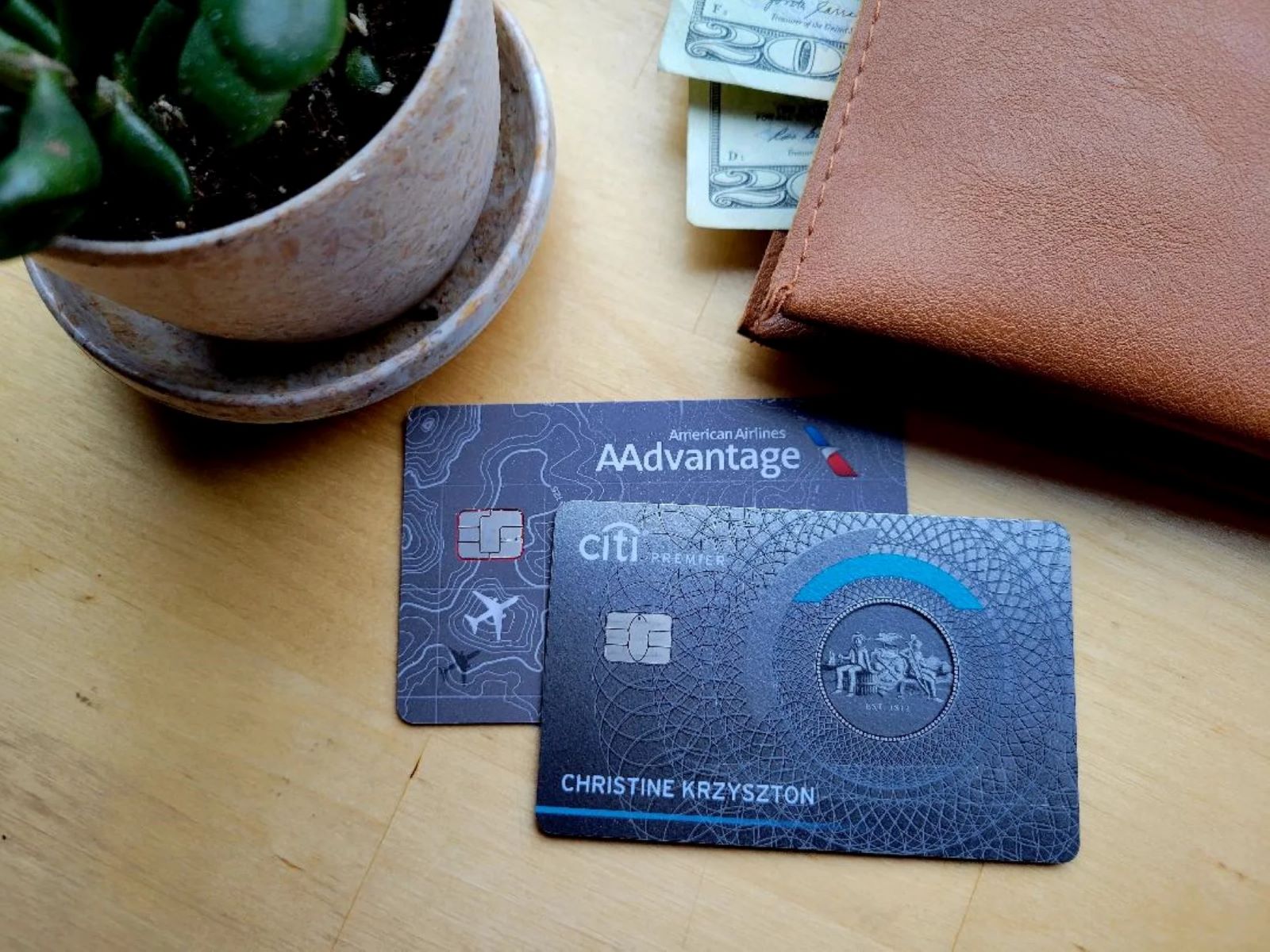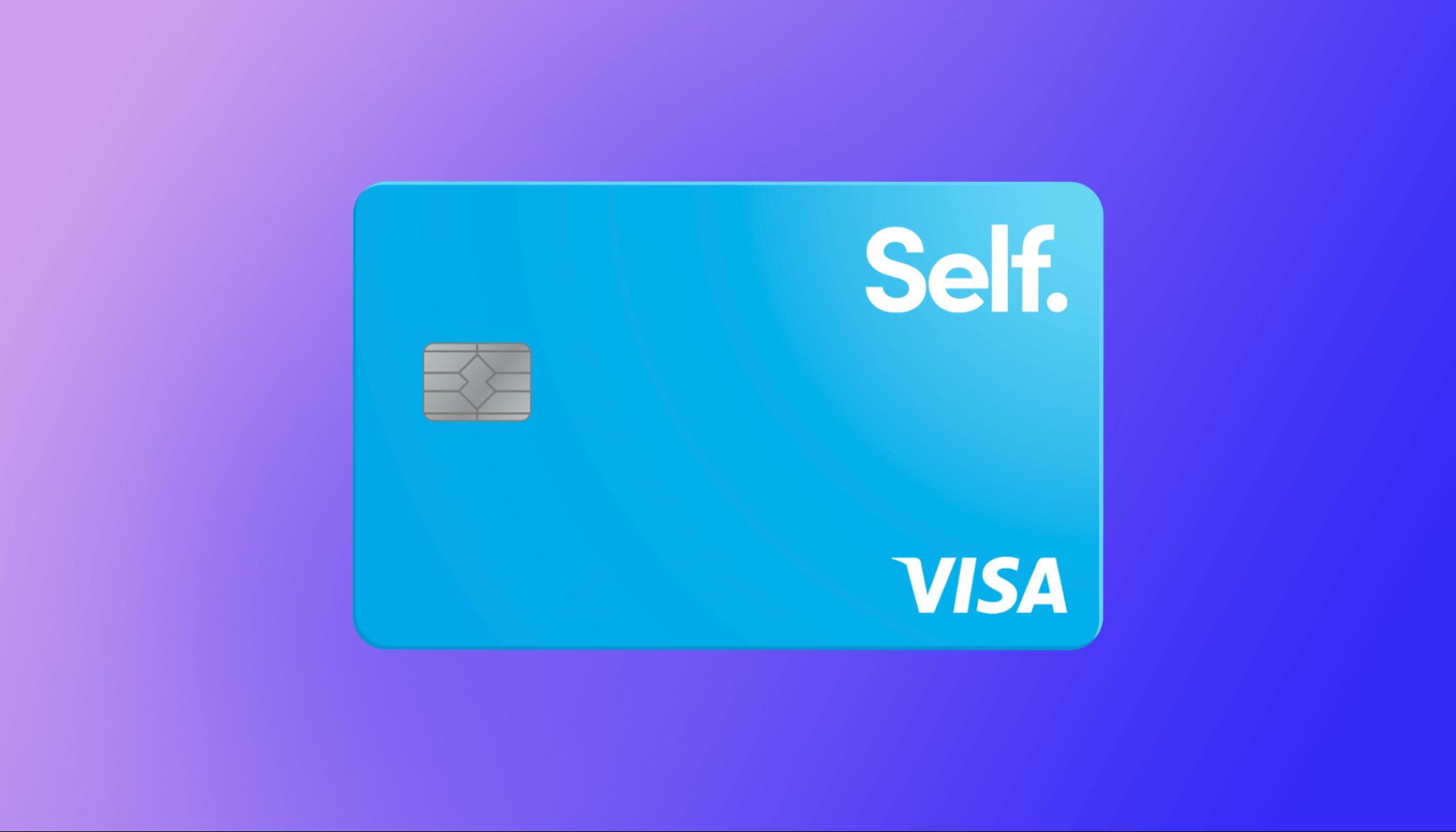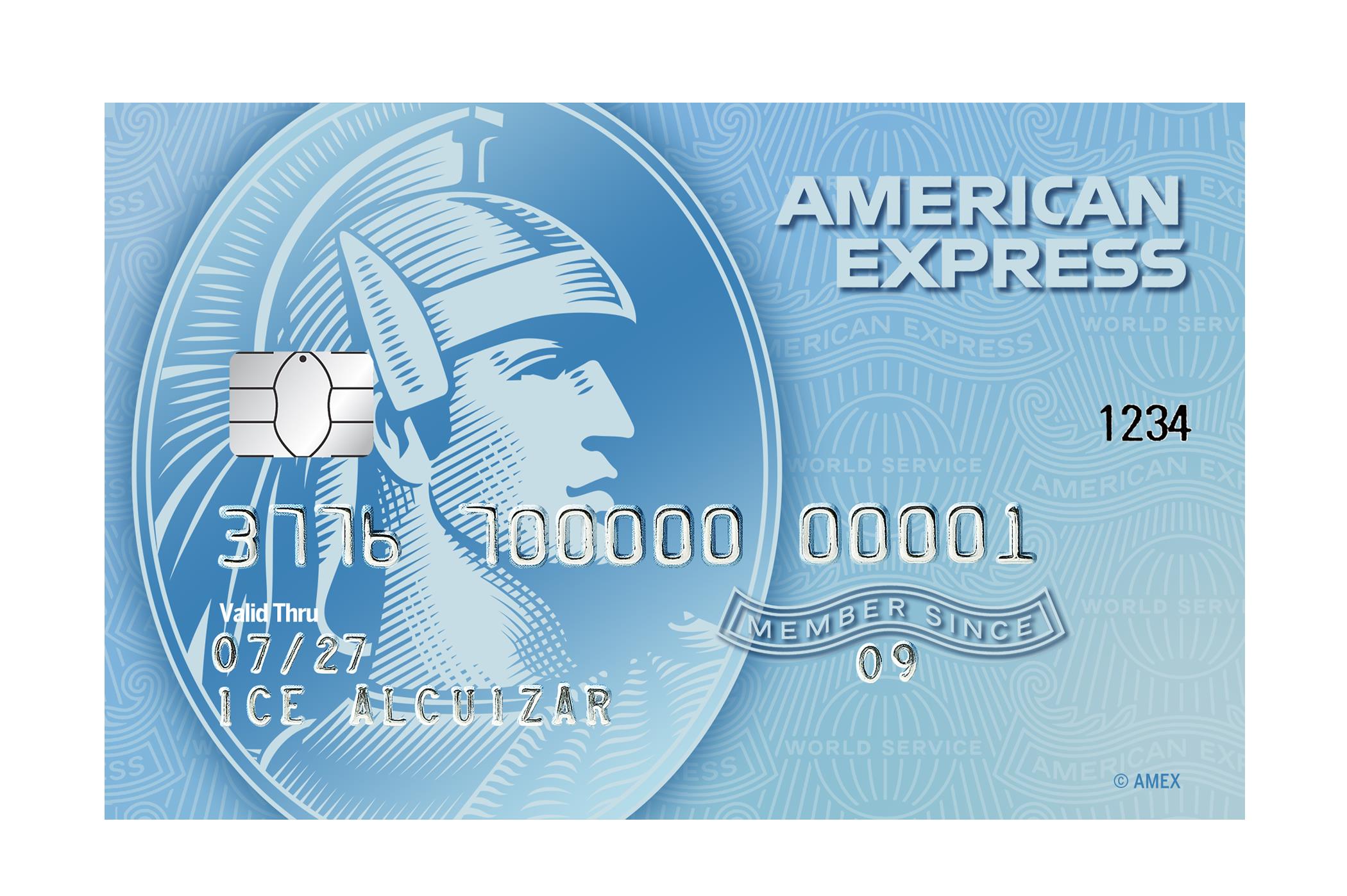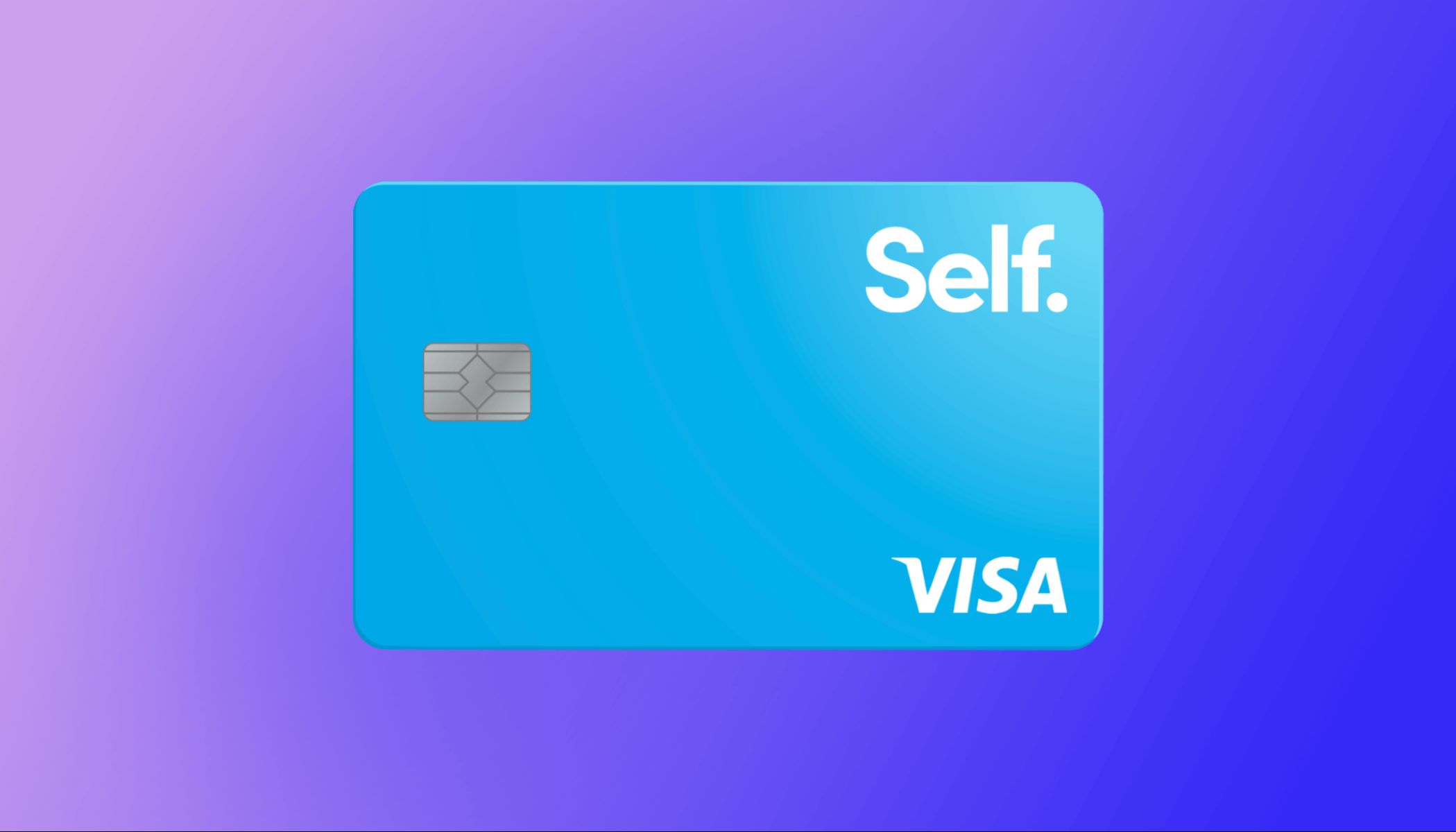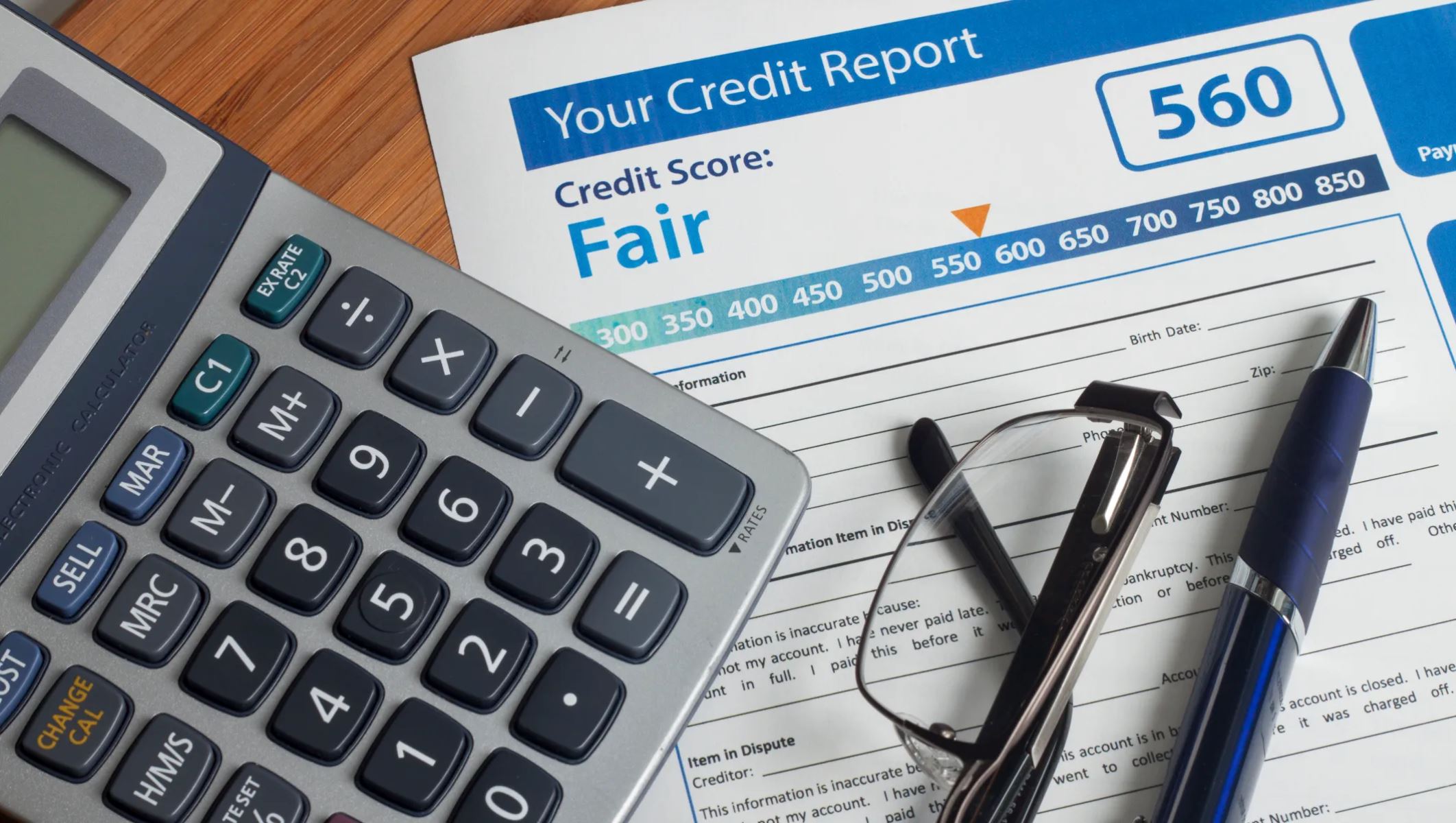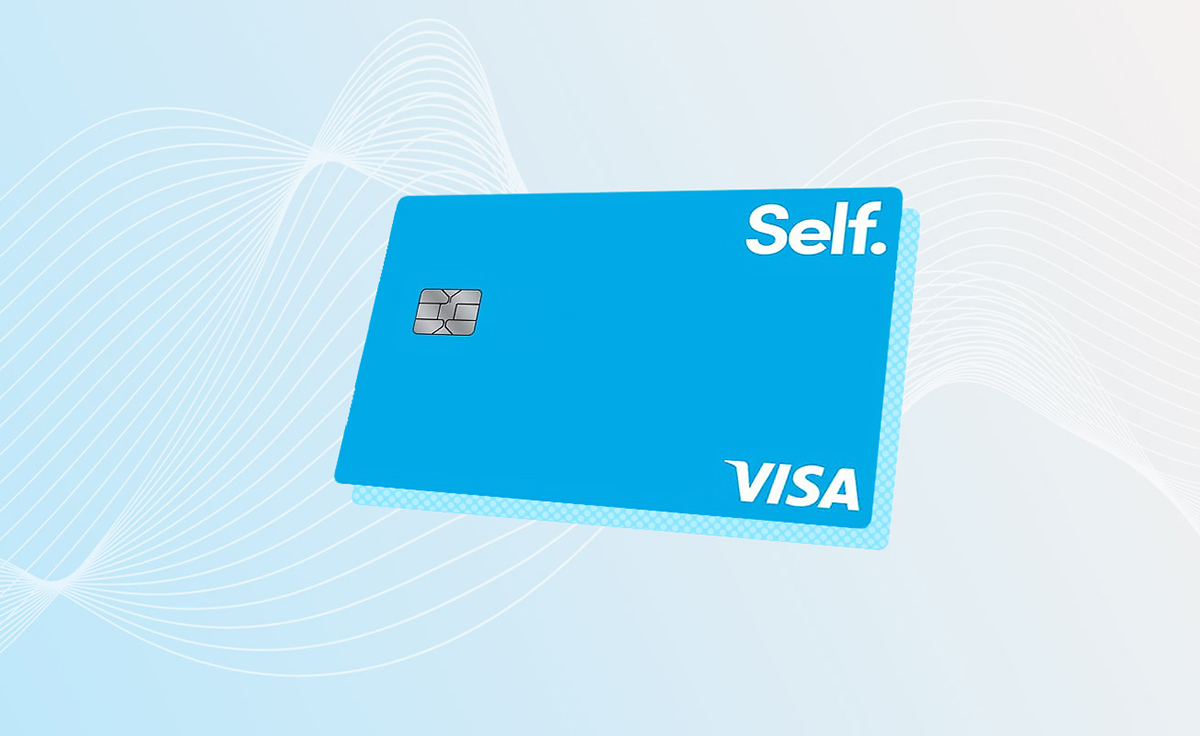

Finance
How To Apply For Self Credit Card
Published: November 4, 2023
Learn how to apply for a self-credit card and manage your finances effectively with our comprehensive guide. Take control of your financial future today!
(Many of the links in this article redirect to a specific reviewed product. Your purchase of these products through affiliate links helps to generate commission for LiveWell, at no extra cost. Learn more)
Table of Contents
Introduction
Applying for a credit card is a significant financial decision that can provide you with convenience, financial flexibility, and even rewards. If you’re considering applying for a credit card, it’s essential to understand the process and gather the necessary information beforehand. This article will guide you through the steps to successfully apply for a credit card, enabling you to make an informed decision based on your financial needs and goals.
Before diving into the application process, it’s crucial to research the various credit card options available to you. Every credit card comes with different features, rewards programs, and interest rates, so take the time to compare and evaluate the options. Look into the credit card’s fees and benefits, such as cashback rewards, travel rewards, or low-interest rates. Determine which features align with your spending habits and financial goals to ensure you make the most of your credit card.
Once you’ve done your research and chosen the credit card that suits your needs, it’s time to gather the necessary documents and information. Lenders typically require proof of identification, such as a valid passport or driver’s license. They may also ask for proof of income, such as pay stubs, tax returns, or bank statements. Make sure to have these documents readily available to streamline the application process.
Step 1: Researching credit card options
Before applying for a credit card, it’s crucial to conduct thorough research and evaluate the available options. Here are some key considerations to keep in mind:
- Interest rates: Compare the annual percentage rates (APR) of different credit cards. A lower APR means less interest charged on outstanding balances.
- Fees: Check for any annual fees, late payment fees, or foreign transaction fees associated with each credit card. Look for cards that offer low or no fees to minimize your expenses.
- Rewards programs: Look into the rewards programs offered by each credit card. Determine if the rewards align with your spending habits and preferences. For example, if you frequently travel, a card with travel rewards might be a suitable option.
- Introductory offers: Some credit cards offer introductory APRs or sign-up bonuses. Take note of these offers as they can provide additional benefits when you first start using the card.
- Credit limit: Understand the credit limit offered by each card. It should be sufficient to meet your financial needs while also considering your ability to repay the borrowed amount.
- Customer reviews: Read online reviews and customer feedback to get insights into the customer service, user experience, and overall satisfaction level of each credit card provider.
By thoroughly researching and comparing credit card options, you can find a card that suits your financial goals and lifestyle. Take your time to weigh the pros and cons of each card before making a final decision. Remember, choosing the right credit card can have a significant impact on your financial well-being and can provide you with valuable perks and rewards.
Step 2: Gathering necessary documents and information
Once you have identified the credit card that best aligns with your needs, it’s time to gather the necessary documents and information required for the application process. By preparing in advance, you can ensure a smooth and efficient application process. Here’s a checklist of the documents and information you may need:
- Proof of identification: Most credit card applications require a valid form of identification, such as a passport, driver’s license, or government-issued ID. Ensure your identification documents are up to date and readily accessible.
- Proof of income and employment: Lenders often require proof of income to assess your ability to repay the credit card debt. This can be demonstrated through recent pay stubs, tax returns, or bank statements. If you’re self-employed, you may need to provide additional documentation, such as profit and loss statements or business tax returns.
- Personal information: Be prepared to provide personal information, including your full name, date of birth, address, and contact details. Additionally, you may need to supply your social security number or taxpayer identification number.
- Financial information: Gather details about your current financial situation, such as your monthly expenses, rent or mortgage payments, and any existing debts or loans. This information helps lenders assess your creditworthiness and determine an appropriate credit limit for you.
- Credit history: While not always required, it may be helpful to have an understanding of your credit history before applying for a credit card. You can request a free copy of your credit report from credit reporting agencies to check for any discrepancies or errors.
Ensure that you have all the necessary documents and information available before starting the application process. This will help streamline the process and prevent unnecessary delays or requests for additional documentation. Keep these documents organized and easily accessible in case you need to refer to them during the application process.
Step 3: Completing the application form
Once you have gathered all the necessary documents and information, it’s time to complete the credit card application form. Follow these guidelines to ensure a smooth and accurate completion of the form:
- Read the instructions: Carefully review the application form and read any accompanying instructions or terms and conditions. Understand the requirements and provide accurate information to avoid any discrepancies or delays in the approval process.
- Fill in personal details: Start by entering your personal information, including your full name, date of birth, social security number, and contact details. Provide the most current and accurate information to ensure smooth processing.
- Income and employment details: Fill in the details regarding your employment status, income, and length of employment. Provide accurate and up-to-date information, as it plays a key role in the credit card issuer’s assessment of your creditworthiness.
- Financial information: Enter your financial information, including monthly expenses, rent or mortgage payments, and any outstanding debts or loans. Be honest and accurate while disclosing this information, as it helps the lender determine your credit limit and ability to manage credit responsibly.
- Review the application: Before submitting the application, review all the information entered to ensure accuracy and completeness. Any errors or omissions may result in a delay in processing or even rejection of the application.
Take your time to complete the application form accurately, ensuring that all information provided is correct and up to date. Double-check the form for any errors or missing fields. Submitting an accurate and complete application increases the chances of a successful approval and a smoother overall process.
Step 4: Submitting the application
After completing the credit card application form, it’s time to submit it to the credit card issuer. Here’s what you need to know about the application submission process:
- Submit online or in-person: Depending on the credit card issuer, you can typically choose to submit the application online through their website or in-person at a branch office. Online applications offer convenience and speed, while in-person applications allow for face-to-face assistance if needed.
- Review the application: Before submitting, take a moment to review the application form one final time. Ensure that all information provided is accurate and complete. Look for any errors or missing information that could lead to delays or rejection.
- Attach required documents: If there are any additional documents required for the application, such as proof of identification or income, make sure to attach them securely. Check the guidelines provided by the credit card issuer to ensure you include all the necessary documents.
- Submit and keep a copy: Once you’re confident that the application is accurately filled out and all required documents are attached, submit the application as per the instructions provided. Make sure to keep a copy of the application and any supporting documents for your records.
Once you’ve submitted the credit card application, the credit card issuer will review your application, check your creditworthiness, and assess your eligibility. This process may take some time, so be patient and wait for a response from the credit card issuer. In the meantime, avoid applying for multiple credit cards simultaneously, as this can negatively impact your credit score.
Step 5: Following up on the application status
After submitting your credit card application, it’s important to stay proactive by following up on the status of your application. Here are some steps to take in order to stay informed and ensure a smooth process:
- Keep track of the timeline: Take note of the expected timeline for a response from the credit card issuer. This information is usually provided during the application process. If you haven’t heard back within the specified timeframe, it’s a good idea to reach out to the issuer for an update.
- Contact the credit card issuer: If you haven’t received any communication regarding your application status within the expected timeframe, reach out to the credit card issuer. Contact their customer service department and provide them with your application details. They can provide you with an update on the status of your application and any additional information or documentation they might require.
- Be prepared for additional documentation: In some cases, the credit card issuer may request further documentation or clarification during the application process. If this happens, promptly provide the requested information to avoid any delays.
- Understand the decision: Once you receive a decision on your application, take the time to review it carefully. If your application is approved, you may receive your credit card in the mail. If your application is rejected, the issuer may provide a reason for the decision. Understanding the decision can help you make any necessary improvements before applying for credit in the future.
Following up on your credit card application shows your enthusiasm and commitment to obtaining the card. It also gives you an opportunity to address any issues or concerns that may arise during the application process. By staying proactive and staying in touch with the credit card issuer, you can ensure a smooth and efficient experience.
Conclusion
Applying for a credit card can be an exciting step towards financial freedom and convenience. By following the steps outlined in this article, you can navigate the credit card application process successfully. Remember to conduct thorough research to choose the credit card that best suits your needs, gather all the necessary documents and information, accurately complete the application form, and submit it to the credit card issuer. It’s essential to stay proactive by following up on the application status and addressing any concerns or requests for additional information promptly.
When applying for a credit card, it’s important to be responsible and make informed decisions. Understand the terms and conditions, interest rates, fees, and rewards associated with the credit card before committing. This will allow you to use the credit card wisely and maximize its benefits while avoiding unnecessary debt or financial hardship.
Additionally, remember that a credit card is a tool that can help build your credit history and improve your credit score if used responsibly. Pay your credit card bills on time, keep your credit utilization low, and avoid carrying a balance whenever possible. This will contribute to a positive credit history and potentially open doors to more favorable financial opportunities in the future.
Overall, the credit card application process can be smooth and rewarding if you approach it with careful consideration and diligence. By understanding the steps involved and staying proactive, you can increase the likelihood of a successful application and enjoy the benefits of owning a credit card.


